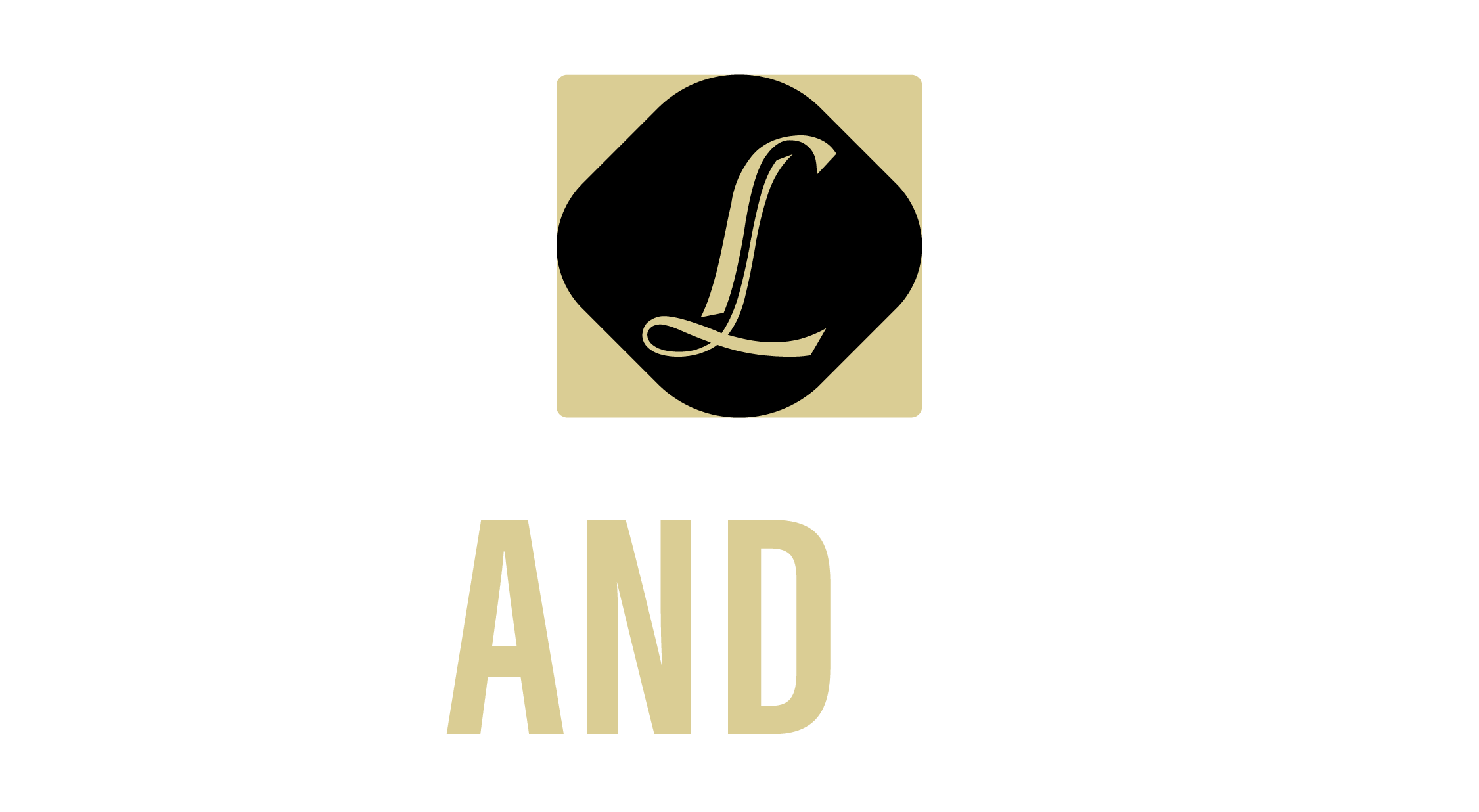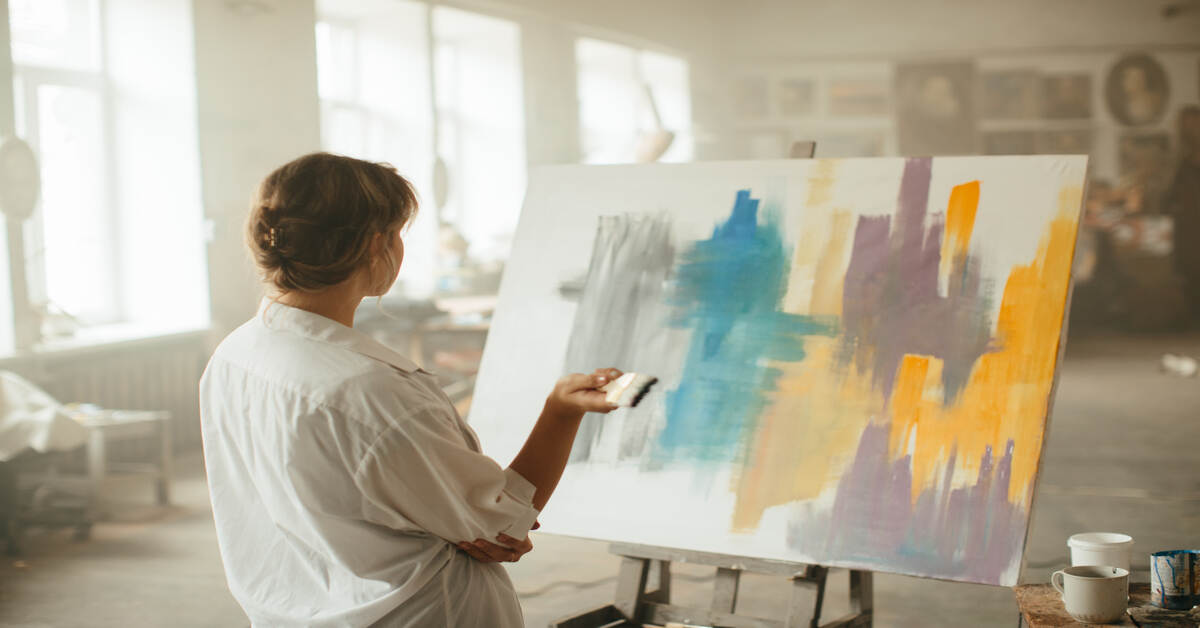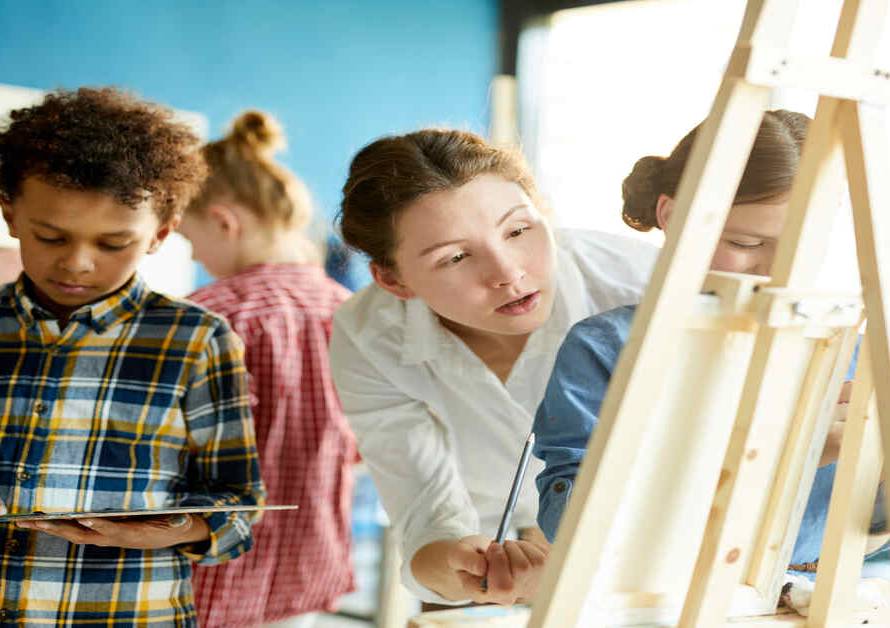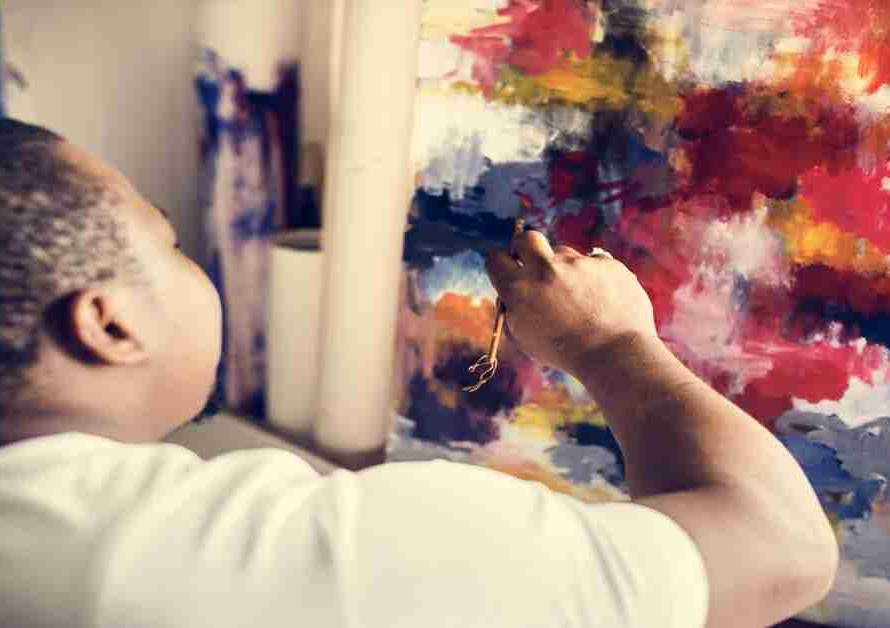Contemporary art can be characterized by numerous emotions and interpretations, both confusion and admiration. To interpret these works, one must explore the major modern art styles, which could make the intention of such often-problematic pieces of art easier to understand. In this article, we shall address the development of modern art, the features of modern art and the different styles that arose during the change of vision.
The Evolution of Modern Art
In order to get the real picture of modern art, one has to comprehend its historical context. Modern art styles started appearing in the end of the 19 th and the beginning of the 20th century as a reaction to the accelerated change that came with industrialization, urbanization or the development of technologies. Artists wanted to escape the forms and conventions of the previous art movements and wanted to capture the intricacies of modern life.
The Influence of the History
Modern art was heavily influenced by world events. To illustrate, the destruction of World War I caused disillusionment among artists. A lot of people wanted to share their sense of lawlessness and confusion in their work. Emergence of new philosophies, including existentialism, also affected artists making them start to dwell on the topics of individuality and subjective reality.
Key Concepts in Modern Art
The interpretation of modern art presupposes the following major concepts that characterize this period:
Personal Expression: Contemporary artists focused more on individual expression and not conformity to the existing norms. Such transition enabled a wide variety of styles and interpretations which made the viewpoint of every artist individual.
Abstraction: Understanding the complexity of abstract art is one of the most distinctive characteristics of the modern era. Artists abandoned realistic representations and instead started using forms, colours and shapes that had emotional and thought provoking qualities.
Of the Traditional Techniques: Contemporary art commonly turns its back on classical methods like viewpoint and proportion. Rather, artists experimented with new mediums and techniques, such as collage, mixed media and installation art. This experimentation gave freedom of expression.
Social Commentary: The commentary on society in the work of many contemporary artists became a way to express their opinion on social issues, including war, class conflict, and the lack of gender equality. As an example, the Guernica by Pablo Picasso is a strong anti-war piece that represents the horrors of the Spanish Civil War.
Focus on Process: In contemporary art, the process of creating sometimes becomes the most important aspect compared to the product. Other painters such as Jackson Pollock adopted action painting whose process of creating a painting became a component of the painting itself. This style lays stress on spontaneity and physical nature of the medium.
Key Styles of Modern Art
Contemporary art is highly diversified with its styles and each style has its peculiarities as well as its philosophies. We will discuss some of the most important styles that were introduced in this time:
Impressionism
Major Features: Impressionism originated in the late 19 th century and is defined by an emphasis on the ephemeral effects of light and color. Artists tended to have their work out of doors (in the open) with a rapid movement of brush strokes to create a sense of motion.
Significant Artists: Claude Monet, Pierre-Auguste Renoir, and Edgar Degas are the main representatives of this movement. The Impression, Sunrise by Monet is known to have given the movement its name.
Real-Life Example: Take a stroll through a sunny garden, the colors will go through as the light alternates. And that is what Monet aimed at capturing in his paintings asking the viewers to feel the moment.
Cubism
Significant Features: Cubism is a movement created by Pablo Picasso and Georges Braque in the early 20 th century in which objects are dismantled and reconstituted in the abstract form. This style is a counter to conservative views and invites the audience to perceive several points of view at the same time.
Significant Artists: Juan Gris along with Picasso and Braque were among the prominent contributors of Cubism.
Real-Life Case: In case you consider the picture of Les Demoiselles d Avignon, by Picasso, you can see that the human bodies are broken and shown in different positions to give the impression of motion and dynamism.
Surrealism
Significant Features: Surrealism was developed in the 1920s and attempted to delve into the unconscious, dreams, as well as the combination of incongruent things. Surrealists were striving to disrupt rationality and provoke feelings with weird and dream-like imagery.
Famous painters Franco-Spanish painter Salvador Dali, Rene Magritte, and Max Ernst were important painters in this movement.
Real-Life example: An example by Dali, The Persistence of Memory, including its melting clocks makes the viewers wonder what time and reality is, and leaves them with a dreamy feeling that will stay in their mind.
Abstract Expressionism
Religious Features: This movement that became popular during the 1940s and 1950s places an emphasis on spontaneous, automatic, or subconscious creation. The artists tended to work on big canvases and bold colors, and concentrated on the process of painting as a means of expression.
Significant Artists: Willem de Kooning, Mark Rothko, and Jackson Pollock are some of the significant Abstract Expressionists.
Real-Life example: drip painting, including works by Pollock like No. 5, 1948 presents the materiality of the painting process with the actions and feelings of the artist in the anarchic pattern of the paint.
Pop Art
Important Features: Pop Art is a style that began in the 1950s and 1960s, which is influenced by popular culture, mass media and consumerism. Images of advertising, comic books, and ordinary items are frequently used in this movement, and it is hard to distinguish high and low art.
Famous Artists: Influential personalities of Pop Art include Andy Warhol, Roy Lichtenstein and Claes Oldenburg.
Real-Life Example: Campbell’s Soup Cans by Warhol attacks the idea of art originality by transforming a simple consumer-based product into a work of art that then prompts people to reassess the worth of ordinary things.
Minimalism
Marking Characteristics: Minimalism is an art form that appeared in the late 1950s in response to the intricacy of Abstract Expressionism. It is concerned with the simplicity and involves simple geometric shapes and minimal color schemes to provide an impression of clearness and purity.
Famous Artists: Donald Judd, Agnes Martin and Frank Stella are the prominent artists of the Minimalism movement.
Real-Life Interpretation: The box sculptures by Judd are a great example of Minimalism, as they focus on clean lines and the nature of the materials employed.
The Role of Modern Art Today
The perception of modern art is not merely the appreciation of the past, it is also the interaction with the current issues and visions. Modern art is progressing nowadays, and it is a problematic world we live in. Artists are relying more on their art to comment on the burning social and political problems, including climate change and racial injustice.
The Influence of Technology
Modern art has not been left behind in the change of technology. Interactive exhibits, virtual reality installations and digital art have presented new possibilities of creativity and expression. Artists no longer have to be restricted to the traditional mediums; they have the freedom to consider new methods of meeting the audiences and communication.
Expert Insights
Critics and art historians insist on the significance of modern art to facilitate a conversation and generate thinking. Dr. Anna Chave, an art historian and critic, told us that Modern art teaches us to question our expectations and broaden our definition of art. It is a challenge to look inside ourselves and to interact with the world we live in.
Engaging with Modern Art
In case you want to get to know more about contemporary art, I would recommend going to local museums or galleries. Guided tours, workshops and discussion options can be found in many institutions to make your appreciation of contemporary works more satisfying. Discussion of art in a group includes sharing different interpretations and knowledge.
Conclusion
The process of knowing modern art is an exploration and a discovery. With the understanding of its major concepts and forms, you will be able to see the deeper meanings of these works that are sometimes quite perplexing. Modern art does not only represent the intricacies of the contemporary era, but it also makes us think of contemporary problems and visions. When you go through the world of modern art, keep in mind that every piece of art is a dialogue, an invitation to the subject matter of human experience and creation.
In a world where art is still growing, we need to take time to learn about modern art so that we can appreciate the use of human expression. Thus, when you are exposed to a work of art which is a piece of modern art the next time, take the chance and explore its layers and its stories to tell.
Frequently Asked Question
Q1: What defines modern art?
Contemporary art is defined by the process of breaking the traditions and the traditional forms and techniques and giving preference to the personal expression and abstraction along with experiments. It refers to a wide variety of styles and movements that developed between the end of the 19th and the middle of the 20th century.
Q2: What do I need to do to appreciate modern art?
In order to enjoy modern art, one has to be open-minded and ready to see different interpretations. Take interest in the art piece, imagine in what context it was produced and think about your own emotions and impressions.
Q3: What are the themes that are common in modern art?
Some of the themes associated with contemporary art are personal expression, social commentary, identity exploration, and the influence of technology. Artists tend to use their art to comment on modern-day problems and challenges.
Q4: What role has modern art played in contemporary art?
Contemporary art has been introduced through modern art, which has forced the traditional barriers, and promoted experimentation. Contemporary art has influenced some modern artists and influenced their artistic expression to the best of their ability.





